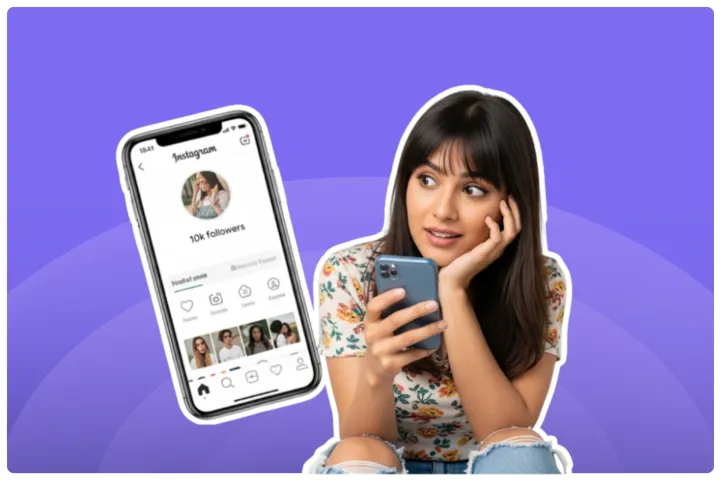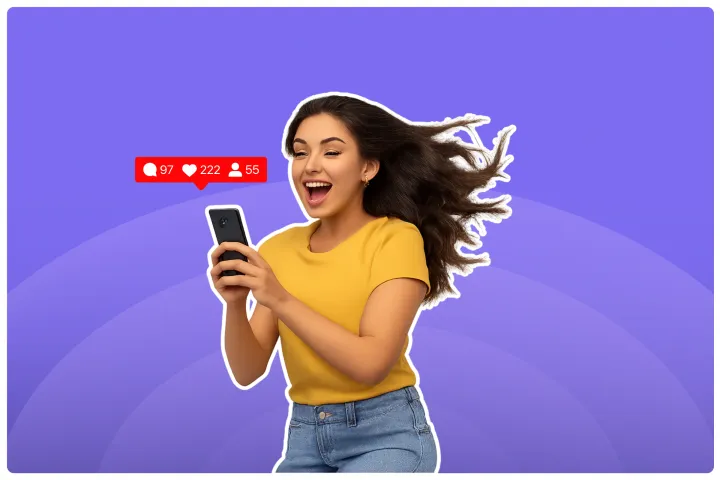How Much Do Influencers Charge In India (2025)
Discover the rates influencers charge in India! Get insights on pricing, factors affecting costs, and tips for collaborating with the right influencer.
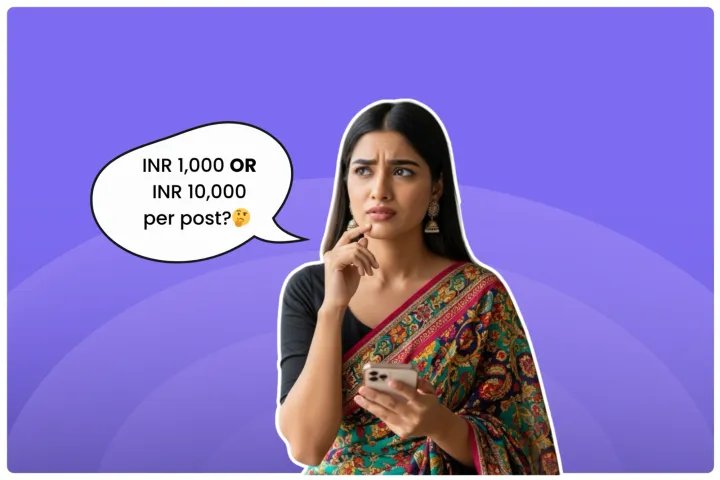
So, you're ready to dive into influencer marketing in India. Great choice! It's a powerful way to connect with customers, build trust, and grow your brand. But one big question probably keeps you up at night: "How much is this going to cost?" 🤔
You see the slick Instagram posts and viral Reels, and you wonder what the price tag is. You're not alone. Figuring out influencer budgets can feel like trying to guess the secret ingredient in your grandma's famous chutney. It’s tricky!
Don't worry, we've got your back. This guide will break down exactly how much influencers charge in India. We'll look at the different types of influencers, platform-specific rates, and the factors that determine their fees. By the end of this, you'll be able to plan your influencer marketing budget with confidence. Let's get started!
How Much Do Influencers Charge In India?
Influencer charges in India can range from as little as ₹2,000 for a simple Instagram story from a nano influencer to over ₹15,00,000 for a detailed campaign with a mega-celebrity.
That's a massive range, right? It's because the price depends on many factors, like follower count, engagement rate, the platform used, and the type of content you want. According to a recent 2024 report on digital marketing trends, spending on influencer marketing continues to rise, showing just how valuable this channel has become for brands.
To make it easier, let's break down the costs.
A) Types of Influencers and Their Rates in India
The most common way to categorize influencers is by their follower count. Each tier offers different benefits and comes with a different price tag.
B) Influencer Charges in India Based On The Platforms
The platform you choose for your campaign heavily influences the cost. A YouTube video that takes days to shoot and edit will naturally cost more than an Instagram story that disappears in 24 hours.
Here’s a general idea of platform-based pricing for a micro-influencer (10K-100K followers):
C) Typical Influencer Packages in India
Influencers don’t just work on a per-post basis. Many offer packages that can provide better value for your money.
For new brands, a barter collaboration can be a fantastic way to generate user-generated content without a big upfront investment.
Why Do Indian Influencers Charge What They Do?
Ever wondered why one influencer charges ₹10,000 for a post while another with a similar following asks for ₹50,000? It’s not random. Their pricing is a calculated reflection of their value, effort, and the market.
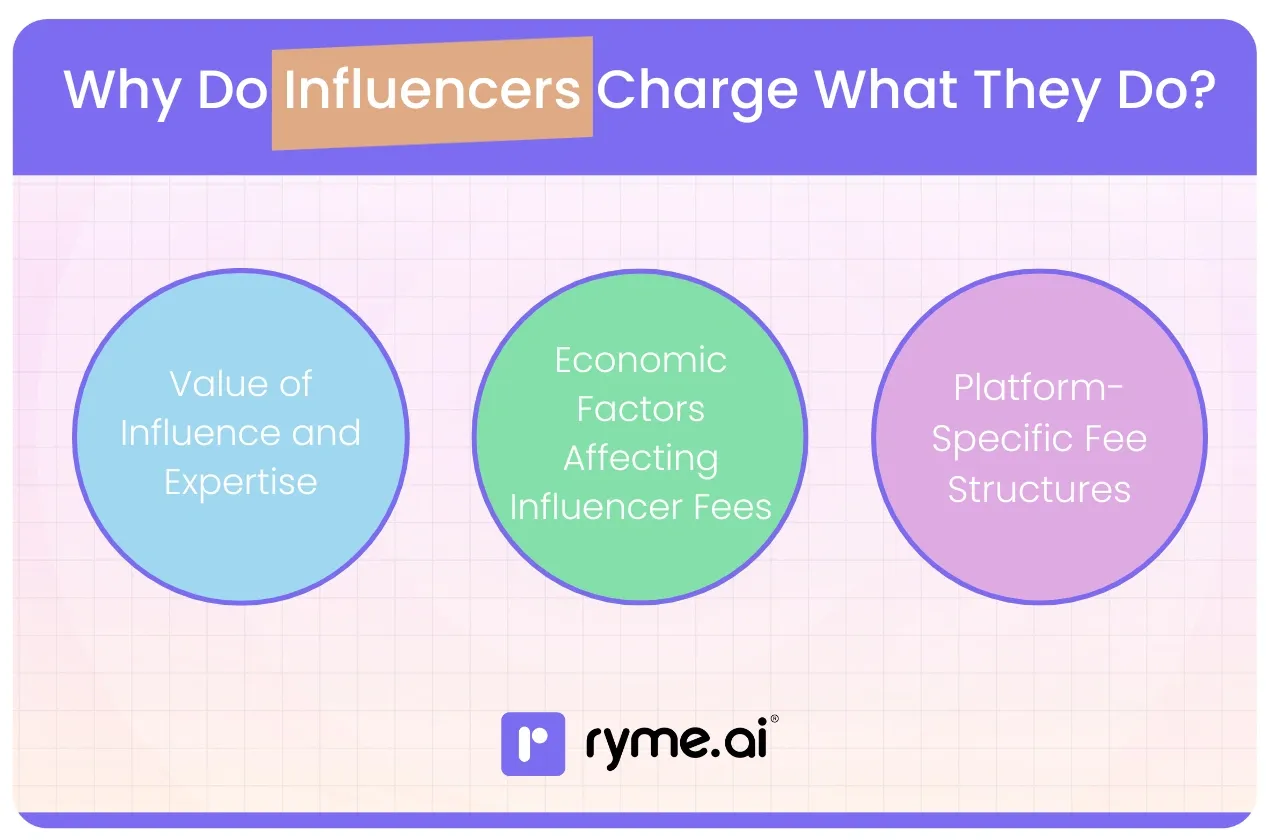
1) Value of Influence and Expertise
You're not just paying for followers; you're paying for influence. This includes:
- Engagement Rate: An influencer with 20,000 followers but a 10% engagement rate is often more valuable than one with 100,000 followers and a 1% engagement rate. Their audience is active, listens, and takes action.
- Niche Authority: A finance influencer who has spent years building credibility can charge more for promoting a fintech app than a general lifestyle influencer. Their recommendation holds more weight.
- Content Quality: Professional-level photography, videography, and editing take time, skill, and expensive equipment. You're paying for their creative talent. The impact of influencer marketing on consumer behaviour is directly tied to the authenticity and quality of their content.
2) Economic Factors Affecting Influencer Fees
Just like any other business, influencer pricing is affected by market forces.
- Seasonality: Expect rates to go up during peak seasons like Diwali, Christmas, or the wedding season. Demand is high, so influencers can charge a premium.
- Campaign Complexity: A simple "post and done" campaign is cheaper. If you require exclusivity, usage rights for ads, multiple revisions, or a detailed script, the price will increase.
- Urgency: Need a campaign to go live tomorrow? Rush fees are a real thing.
3) Platform-Specific Fee Structures
As shown in the table earlier, a YouTube video costs much more than an Instagram post. This is due to the production effort. A well-researched, filmed, and edited 10-minute YouTube video can take 20-30 hours of work. An Instagram story might take less than 30 minutes. The longevity of the content also matters. A YouTube video can be discovered and drive views for years, offering long-term value, while an Instagram story vanishes in a day.
How to Negotiate and Collaborate with Influencers in India
Finding the right influencer is only half the battle. The next step is to structure a deal that works for both of you.
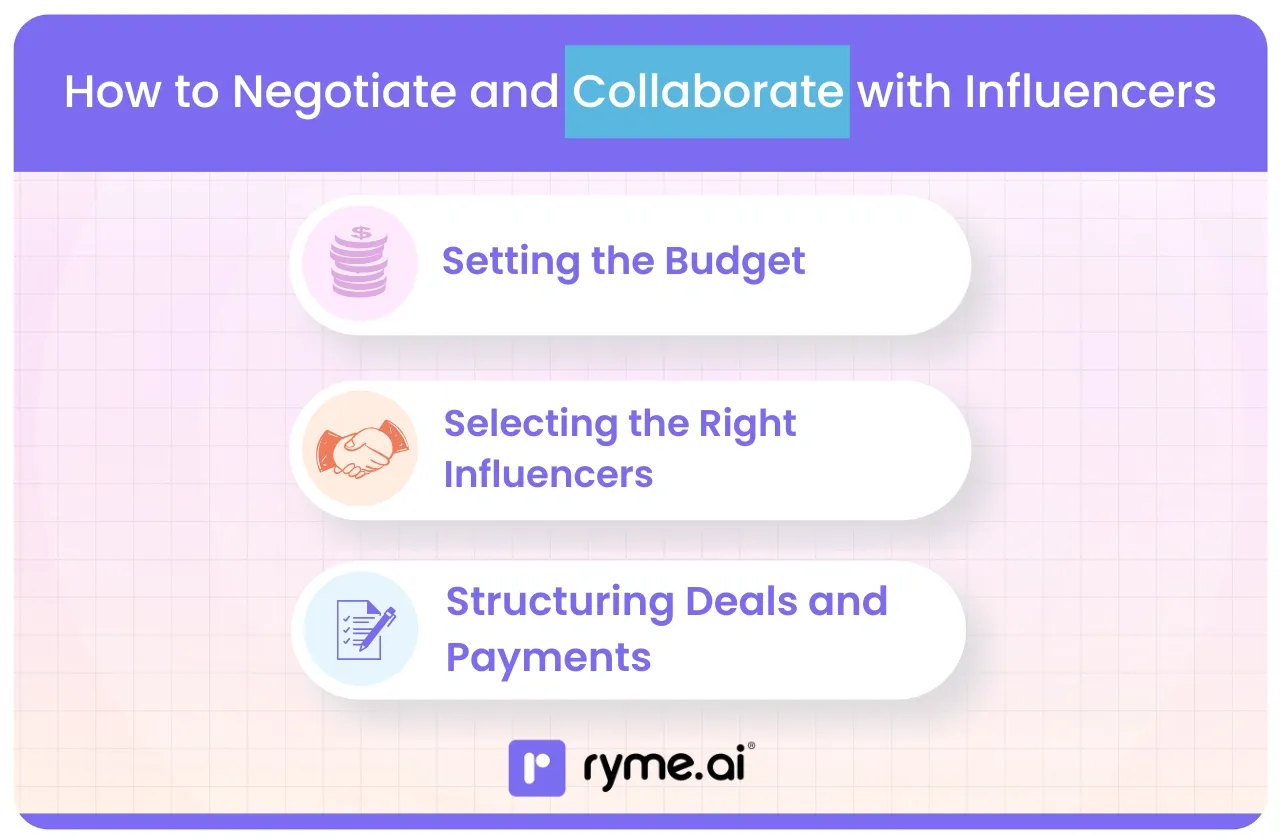
1) Setting the Budget
Before you even start outreach, know your numbers. What is your total budget for the campaign? What is your desired ROI? Having a clear budget helps you focus on influencers within your price range and negotiate effectively. Don't be afraid to start small with a few micro-influencers to test the waters.
2) Selecting the Right Influencers
Don’t get mesmerized by large follower counts. Look for influencers whose audience genuinely matches your target customer.
- Check their engagement: Are people commenting and having real conversations?
- Review their past work: Do they have experience with brand collaborations? Is the quality high?
- Ask for a media kit: This document usually contains audience demographics, past campaign results, and their standard rate card.
Take Riya, for example. She's a micro-influencer in the sustainable fashion niche with 15k followers. A local clothing brand collaborated with her. Because her audience was highly engaged and trusted her recommendations, her campaign drove more sales than a campaign they previously ran with a macro-influencer with 200k followers. The key was a perfect audience match.
3) Structuring Deals and Payments
Once you've found your influencer, it's time to make it official.
- Be Clear on Deliverables: Specify exactly what you want: number of posts, stories, Reels, usage rights, duration of links, etc.
- Put It in Writing: Always, always have a contract. A clear influencer marketing agreement protects both you and the influencer. It should outline deliverables, timelines, payment terms, and content ownership.
- Payment Terms: The industry standard is often 50% upfront and 50% upon completion of the campaign. Never agree to 100% upfront.
ryme.ai: Revolutionizing Influencer Marketing for Brands
Feeling a bit overwhelmed by all this? Managing influencer campaigns, from discovery to negotiation and payment, can be a full-time job. That’s where a platform like ryme.ai can be a game-changer.
What is ryme.ai?
ryme.ai is an influencer marketing platform designed to connect brands with authentic Indian influencers. It simplifies the entire process, making it easier, faster, and more effective to run your campaigns. It’s the perfect tool for influencer marketing that you’ve been looking for.
Who is ryme.ai For?
ryme.ai is built for brands of all sizes, from startups launching their first product to established companies looking to scale their influencer programs. If you want to save time, find vetted influencers, and track your campaign's performance all in one place, this platform is for you.
How ryme.ai Helps Brands in Influencer Marketing
- Effortless Discovery: Search a database of thousands of Indian influencers across various niches. Filter by follower count, engagement rate, location, and more to find your perfect match.
- Streamlined Campaign Management: Manage your communication, contracts, and content approvals from a single dashboard. No more messy email chains!
- Secure and Timely Payments: Handle payments securely through the platform, ensuring influencers are paid on time, and you have a clear record of all transactions.
- Real-time Analytics: Track key metrics like reach, engagement, and ROI to understand what’s working and optimize your future campaigns.
Conclusion
Figuring out how much influencers charge in India doesn't have to be a mystery. While the prices vary widely, understanding the key factors—influencer tier, platform, and engagement—gives you the power to budget effectively.
Remember, the goal isn't to find the cheapest influencer; it's to find the one that offers the best value for your brand. Focus on authentic connections and building long-term partnerships.
Indian Influencer Charges Related FAQs
1) How much do influencers charge in India?
Influencer charges in India range from ₹2,000 for a nano influencer's story to over ₹15,00,000 for a campaign with a mega influencer. The final cost depends on their follower count, engagement rate, niche, and campaign requirements.
2) How much does Instagram pay for 1000 followers in India?
Instagram does not pay influencers directly based on their follower count. An influencer with 1,000 followers (a nano influencer) earns money through brand collaborations. For a single post, they might charge a brand anywhere from ₹1,000 to ₹5,000, depending on their engagement. Here's a deeper look at how much Instagram pays for 1000 followers.
3) How much should I charge for an Instagram story in India?
As a micro-influencer (10K-100K followers), you can charge between ₹5,000 and ₹12,000 for an Instagram story with a swipe-up link. Nano influencers (1K-10K) typically charge between ₹2,000 and ₹5,000. Your exact rate should depend on your engagement rate and the brand's requirements.
4) How much do Instagram influencers get paid in India?
The pay for Instagram influencers in India varies drastically. A micro-influencer might earn ₹30,000 - ₹80,000 per month, while a top-tier macro or mega influencer can earn several lakhs per month through multiple brand deals, endorsements, and other revenue streams. Your income potential grows with your follower base and engagement.
